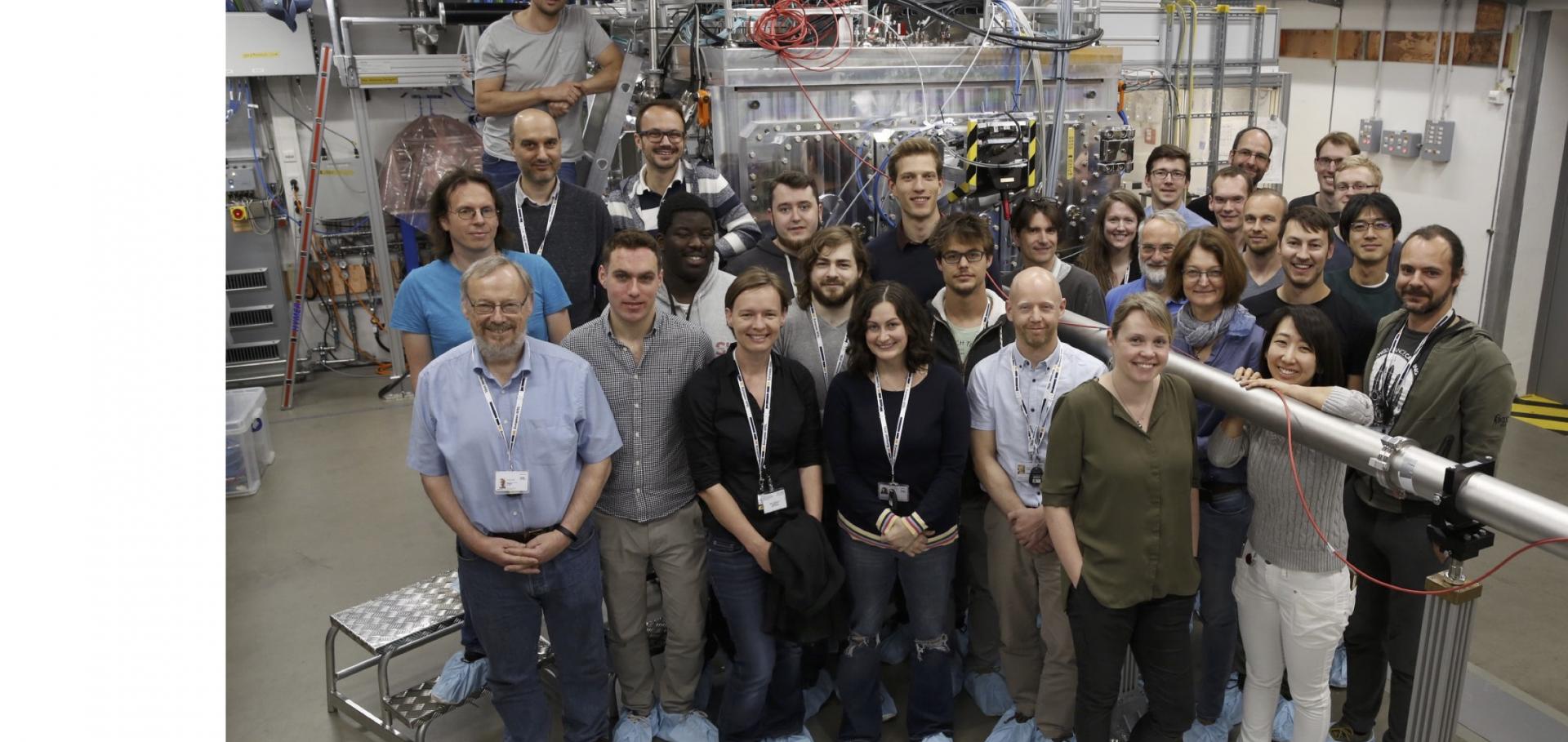Plasma emission spectroscopy of solids irradiated by intense XUV pulses from a free electron laser
High Energy Density Physics 6:1 (2010) 109-112
Abstract:
The FLASH XUV-free electron laser has been used to irradiate solid samples at intensities of the order 1016 W cm-2 at a wavelength of 13.5 nm. The subsequent time integrated XUV emission was observed with a grating spectrometer. The electron temperature inferred from plasma line ratios was in the range 5-8 eV with electron density in the range 1021-1022 cm-3. These results are consistent with the saturation of absorption through bleaching of the L-edge by intense photo-absorption reported in an earlier publication. © 2009 Elsevier B.V. All rights reserved.Bragg diffraction using a 100 ps 17.5 keV x-ray backlighter and the Bragg diffraction imager
REVIEW OF SCIENTIFIC INSTRUMENTS 81:10 (2010) ARTN 10E522
Metal deformation and phase transitions at extremely high strain rates
MRS BULLETIN 35:12 (2010) 999-1006
Phonon instabilities in uniaxially compressed fcc metals as seen in molecular dynamics simulations
PHYSICAL REVIEW B 81:9 (2010) ARTN 092102
Radiation emission of autoionising hole states of Al induced by XUV free electron laser radiation with FLASH at DESY
36th EPS Conference on Plasma Physics 2009, EPS 2009 - Europhysics Conference Abstracts 33 E1 (2009) 569-572


